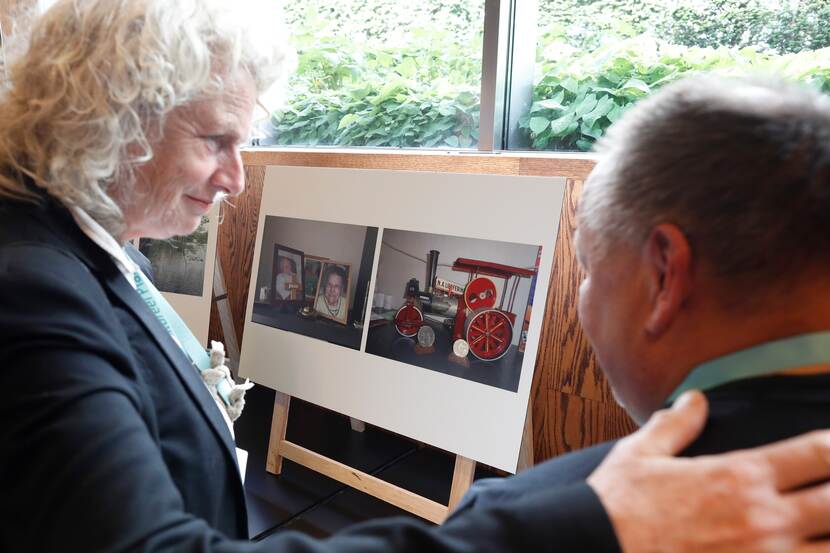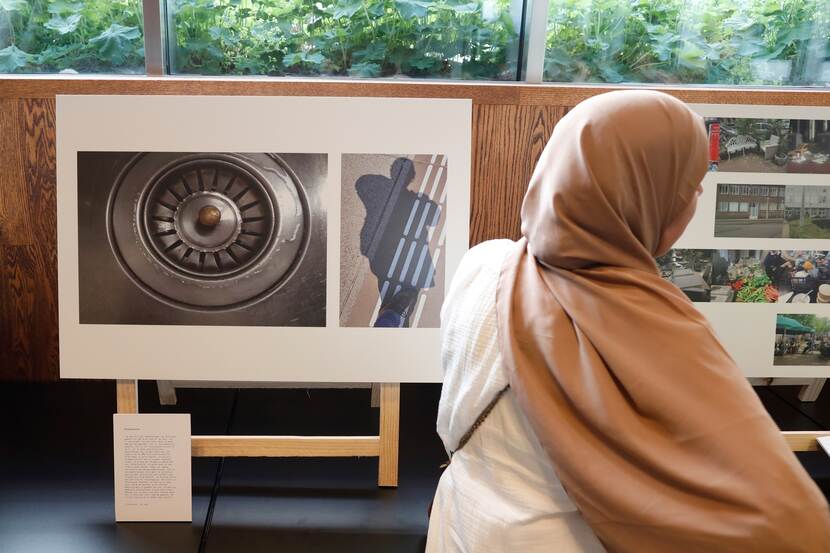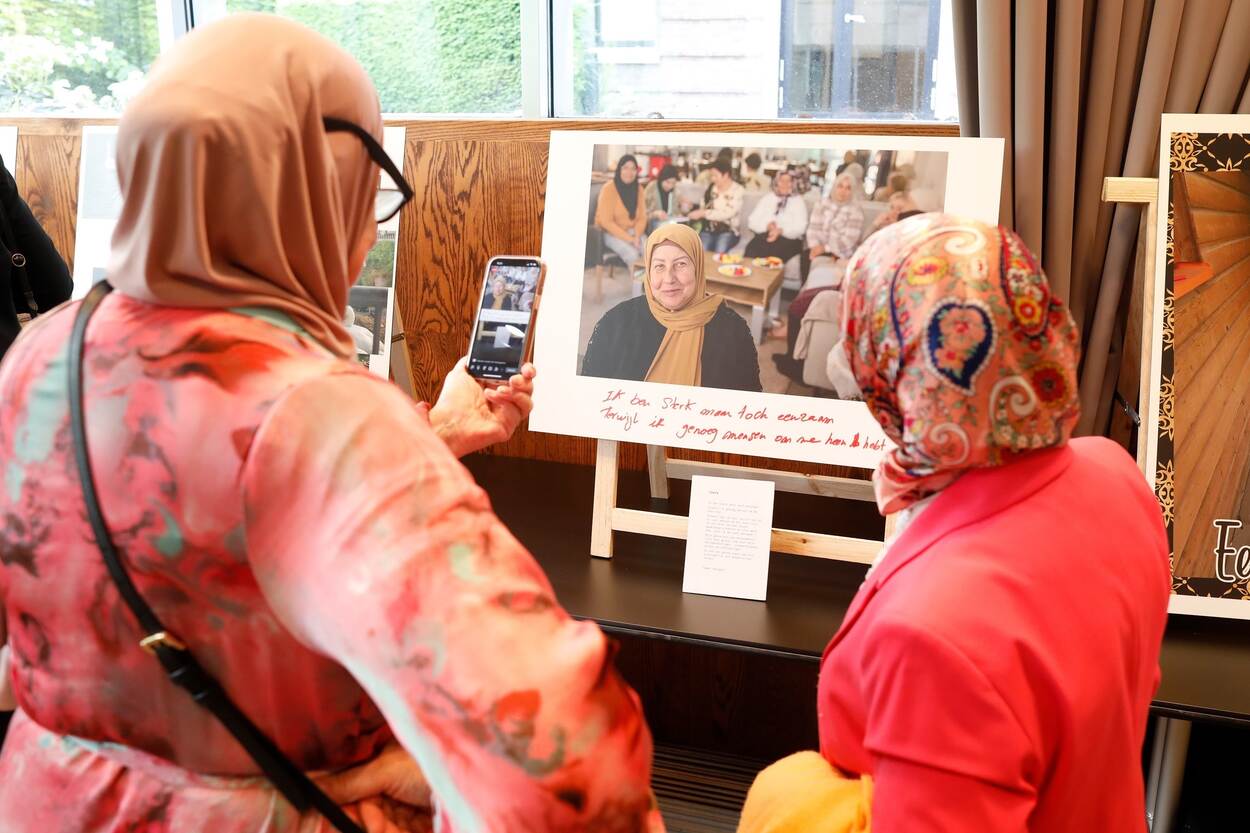News | 11-06-2024 | 14:53
Active older adults in the third stage of life are often expected to remain socially active and take care of their “elderly elders.” But what if older people live in fragile situations, face insecurity and do not have access to resources or social networks? How can policymakers and researchers reach this vulnerable group and engage them in meaningful participation?
Calls from researchers and policy makers to participate in research are often answered by older people who are better educated and can benefit from different resources in their environment. In contrast, research on the meaningful participation of older people in vulnerable living settings is scarce. Policymakers and researchers are quick to talk about “hard-to-reach groups.” But you may wonder whether one’s methodologies, one’s social standing, and the institutions of which researchers are a part create distance and an “us-them” feeling that hinders connection.
To find out what older people in vulnerable situations experience as meaningful participation, a research team from the Office for Social and Cultural Planning (SCP) and the Leiden Academy for Vitality and Aging (LAVA) decided to conduct participatory action research in two neighbourhoods of the capital. ; East Amsterdam and Lac in The Hague.
The researchers formed a team in each neighborhood with elderly researchers, who examined their lives and the lives of fellow residents with the aim of improving their living situation. In this image and sound project, people photographed their neighborhood and their lives under the guidance of artist Janine Shriver. This provided clear images of the participants’ living environment. For example, one co-researcher depicted attrition: “This is how the government treats me, this is how I often feel.”


positive energy
To conclude this project, the OSP older co-researchers discussed their photo stories with policy makers and researchers on 6 June. It became clear that participants found the energy to make their voices heard in the shared storyboard project. “Sometimes it feels as if the relationship between government and citizens has lost its strength. This project shows that new positive energy can be created,” stresses Tinky Upma, director of LAVA, and co-initiator. “It’s so beautiful to see that it not only shows where the pain points are, but that this process also leads to connection. Look at an initiative like Dappere Doorzetters in Amsterdam, which ensures that isolated people, especially women with migrant backgrounds, develop and maintain friendships again.
The policymakers and participating researchers present from The Hague and Amsterdam agreed. ”If you can make your voice heard, you can have a real conversation with each other. This is not only important for the citizens themselves, but also for the government that wants to be there for everyone.
SCP Director, Karen van Oudenhoven, even spoke about the bridge that this project created between the language of citizens and the language of politics. “As researchers and policy makers, we are used to putting out questionnaires and then processing the answers. But there is a large group that does not like it or even distances themselves from it. How can you ensure that the voice of this group is heard and that their experiences and opinions are included in the decision-making process? This project has proven that this is possible!”
The images combined with short text made it clear what people are really experiencing and what their wants and needs are. This innovative method of participatory research also greatly admires Wim Burggraaf, government policy advisor: “Instead of saying it is difficult to get there, we should choose other paths. I usually have a research report of several pages that I try to capture in one image as we move on.” From “saying and thinking” to “feeling and doing.” I therefore call on all researchers to collect more stories in this way. Only then will we hear the voices of people we do not normally hear.
Key factors
The Image and Sound project demonstrated a number of key factors to successfully reach and engage older people in vulnerable situations:
- Trust and appreciation: The researchers’ knowledge of the neighbourhood, culture and language ensured that doors that were closed to anonymous research were opened. Making time to have “normal” conversations was crucial to building trust.
- Space for conversation and harmony with the living environment: By creating a space for conversation and harmony with the living environment of residents, seniors felt heard and seen.
- Empathy and letting go of your ways of working: Relationship and humanity were key. Researchers sometimes had to abandon their own methods and plans to make room for personal conversations, something the participants really appreciated.
Therefore, reaching older people living in vulnerable situations requires a different approach from policymakers and researchers. Instead of labeling older people as “difficult to reach,” researchers and policy makers could take a more critical look at their habits and behaviors that make communication difficult. For example, by choosing a picture and sound approach, older people living in vulnerable situations can be given the space to make their voices heard and work together to improve their living conditions. In this way, the gap between institutions and frail older people can be bridged.

“Total coffee specialist. Hardcore reader. Incurable music scholar. Web guru. Freelance troublemaker. Problem solver. Travel trailblazer.”






More Stories
“Ask at least one question in return.”
Elbendamers in the Sun: What a Wonderful Little Village
European Space Agency – Space for Kids